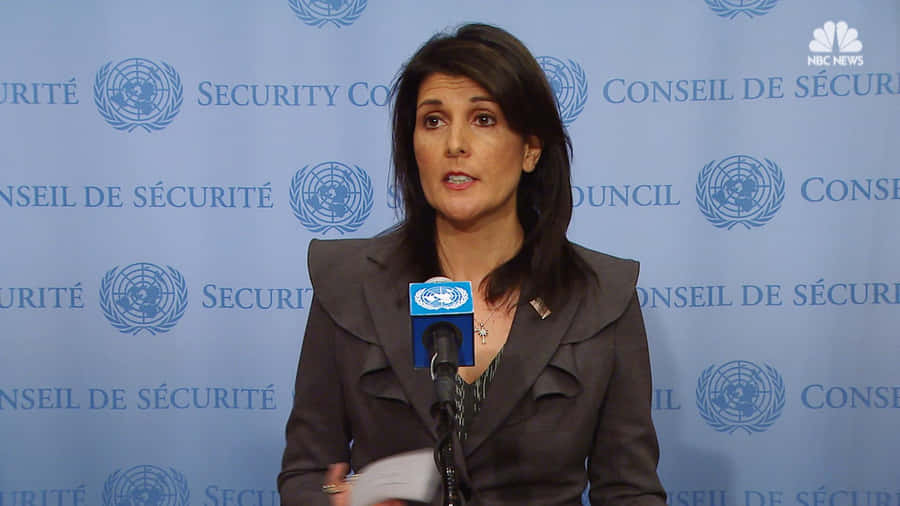So far, the focus has been on sexual orientation and religion. The traditional structure and nature of the classes offered here has been that of a strict attendance policy and dress code, and learning done in groups or pairs through primarily projects and labs. With the changes in our student demographics, some of that traditional structure and nature has had to flex a bit. Granted, some of the flexibility was learned via baptism-by-fire, but it seems that, as a whole, we are all at the level of accepting that a change is needed.
What I'd like to see next is discussion around a couple of areas that perhaps get passed over when we think of inclusion and diversity. My team and I have a unique perspective of the school since we work with the strugglers and see the gaps in the physical form of a student. Personally, the two areas that we'd do well to include in this discussion are age and education level.
First: Age
For a number of different reasons, almost half of our student population is over the age of 25. The students who come into my office for help are almost always fall into one of three categories:
- the student has been out of high school for more than 5 years; or
- the student has substantial previous experience in a college setting, the military, or a workplace; or
- the student is directly out of high school.
The difference is that in situation #1 or #2, the student usually comes in for help on his/her own accord; this is a rare occasion in #3. This in itself has several implications, but in my experience, the help that's needed in #1 and #2 might be about content and actually rooted in something else. If they're older and have never gone to college, something about the college experience seems to have scared them away and the Matthew Effect has likely kicked in full force. More importantly, the older a student is, the more complex his/her life story is.
Many - if not most - of the older students I've worked with struggle because they seem to have this preconceived image of who the traditional college student is, and age is a very easy way to point out that they don't match that image. As a result, it takes the student a little longer to adopt an identity as a student. Does it take just as long for faculty? Do we hold those same images to the detriment of our older students? What do we do as faculty to be responsive to their needs instead?
This is an important issue to address for a number of reasons. I've seen many older students struggle because they have come to our doors bitter, upset by the fact that their lifetime of experience is somehow insufficient. The meshing of work habits brought by different generations in one classroom can compound this frustration. It can be very easy to turn negative and feel attacked, even silly, when one finds that the formal instruction found in an academic setting is vastly different from the more informal instruction done on site. Furthermore, this feeling can sink any motivation and attitude when the instructor happens to be younger than the student.
For these students, a growth mindset (as defined by Carol Dweck) is essential. My experience with older students is that it has taken until this point in their lives to develop this mindset; it seems likely that this is why #1 and #2 will seek out help while #3 may not. But for those who may not yet be at that point, how can we foster that mindset in the classroom? How can we make sure these students feel that their experience is valued? What can we do when we offer feedback to make sure these students take it as an opportunity instead of a scolding?
As more and more statistics pop up about the number of college graduates needed by ___ in the face of dwindling numbers of high school graduating classes, older students will likely become more and more of the majority. If we pride ourselves on being able to meet every student at the door, then we must include those who come with the layers and complexities of a longer life story as well.
Next: Education Level

No comments:
Post a Comment